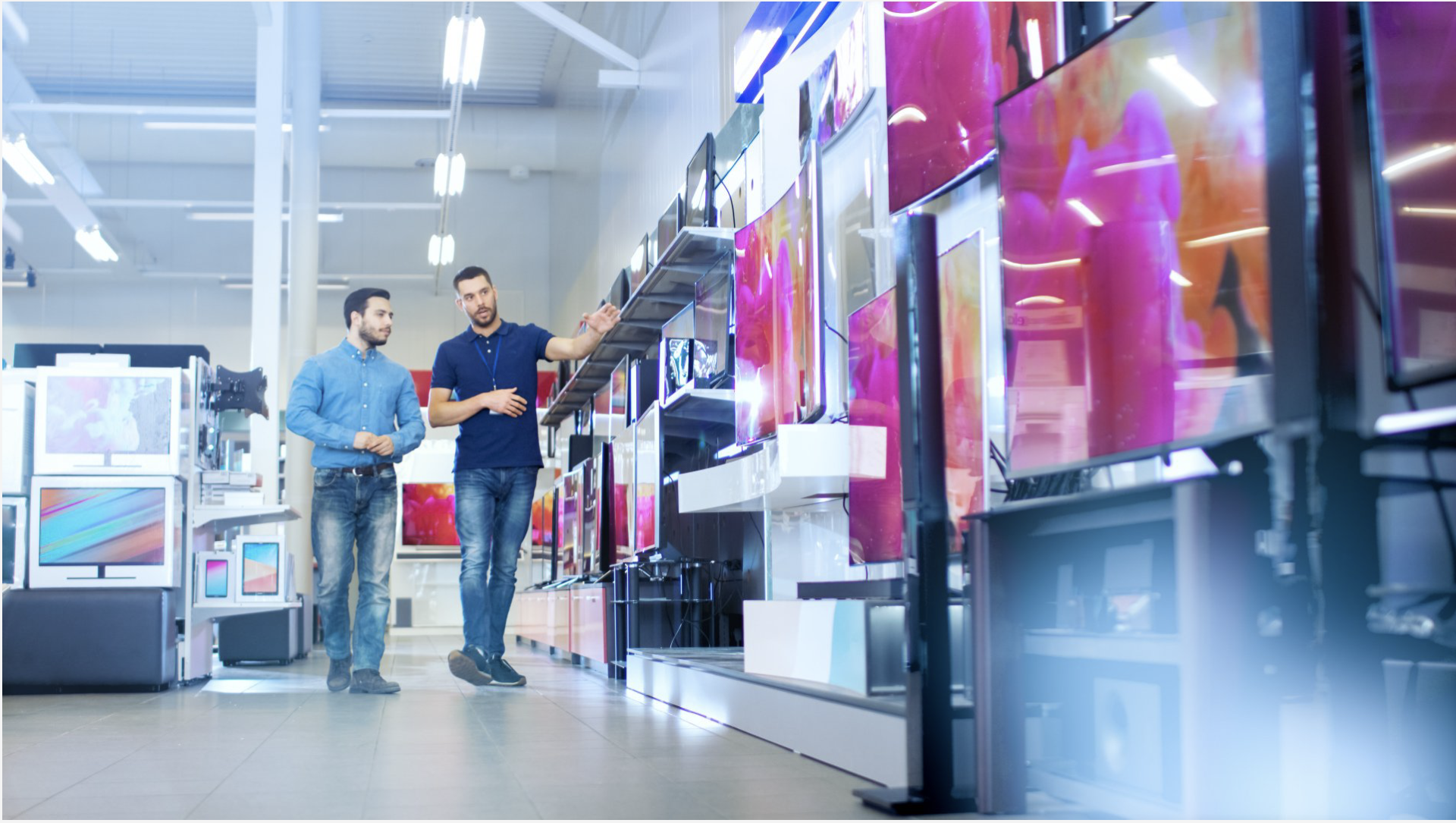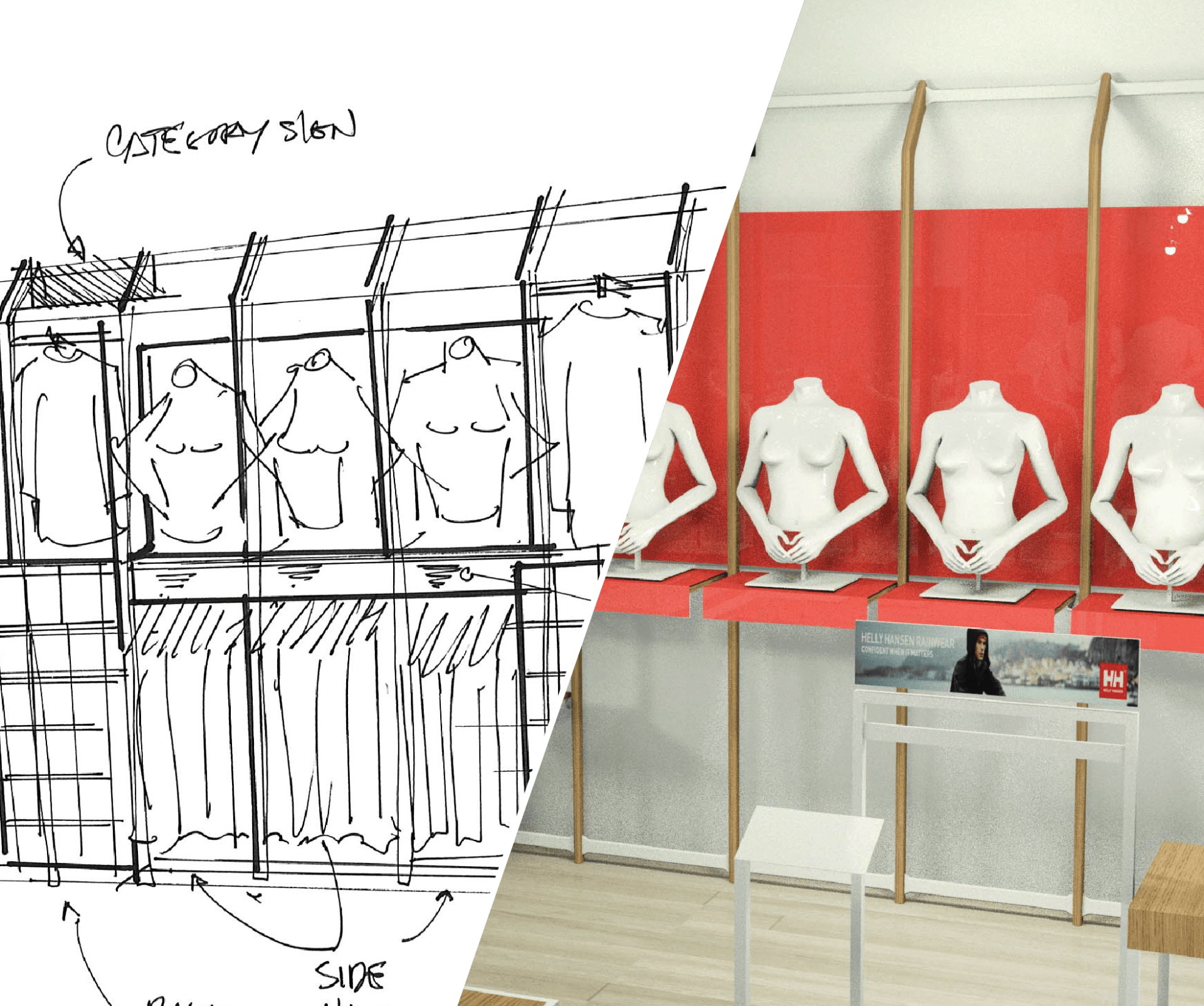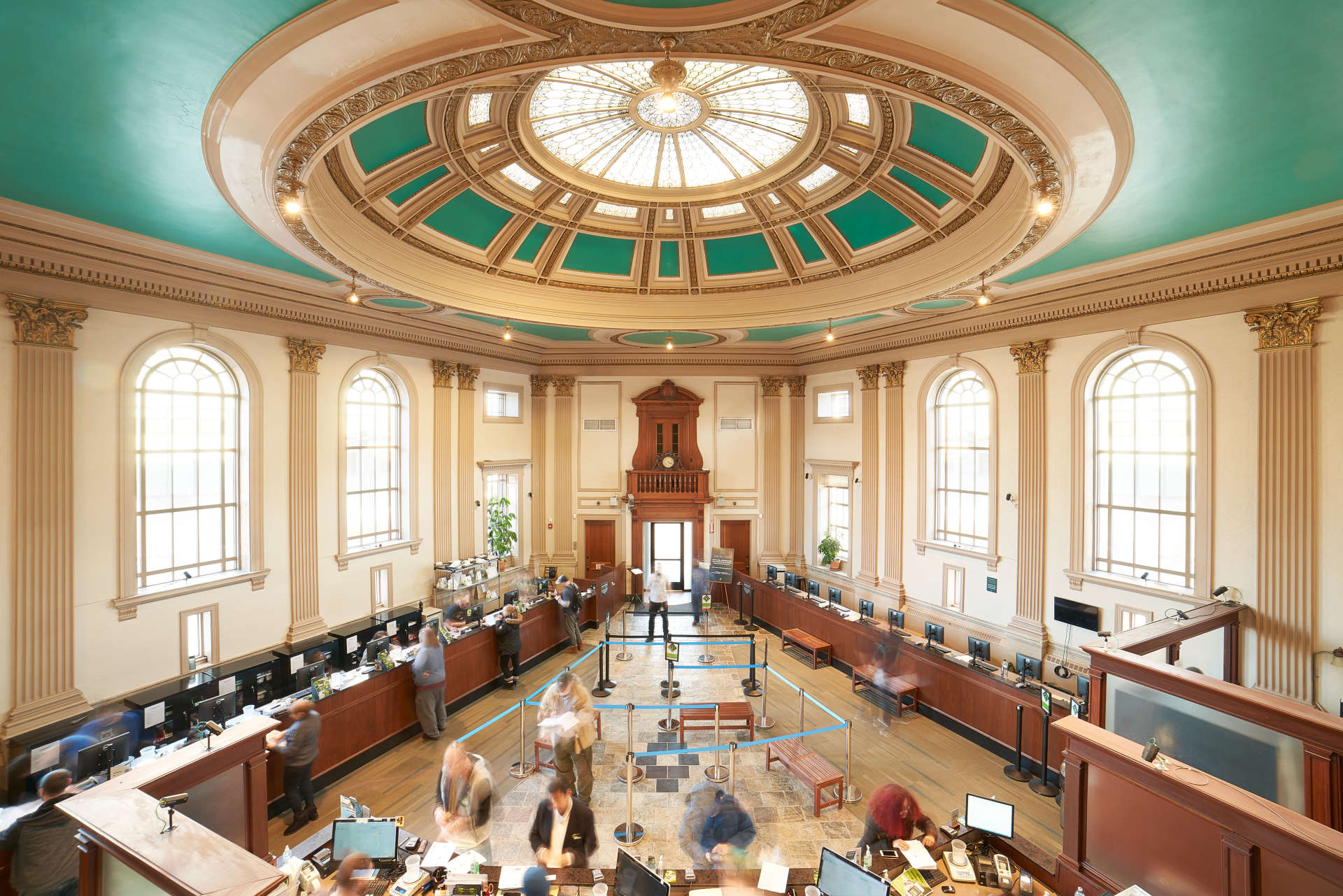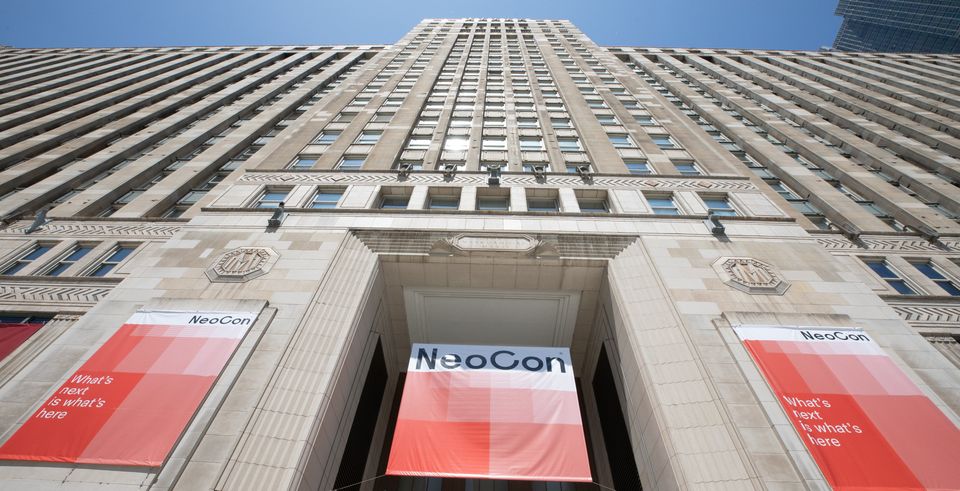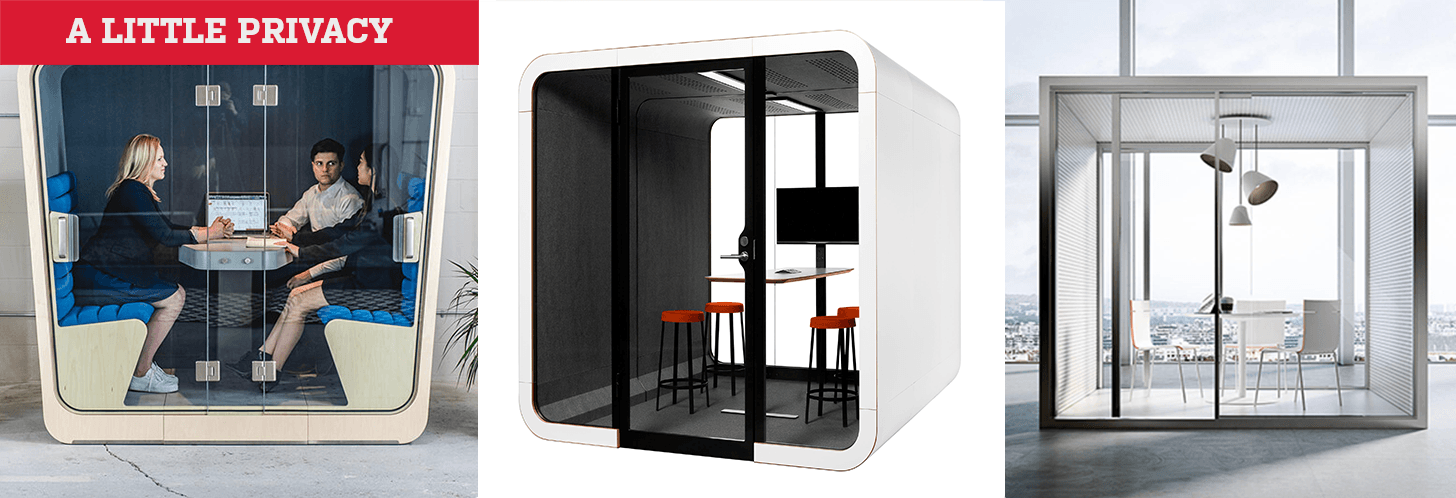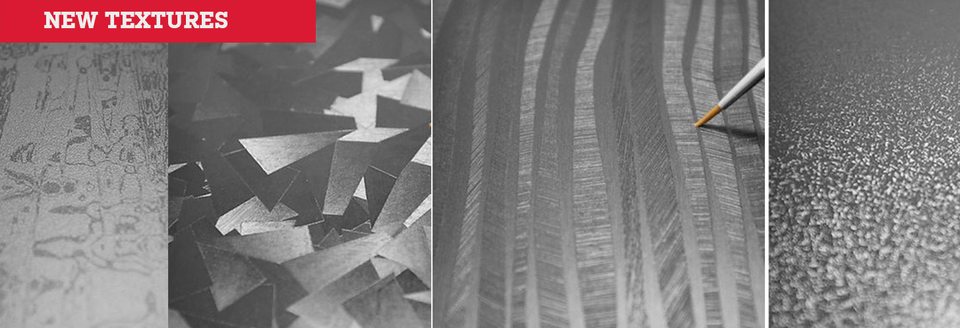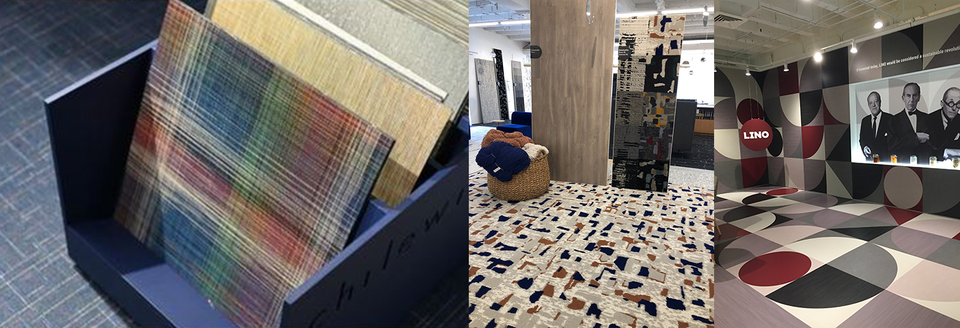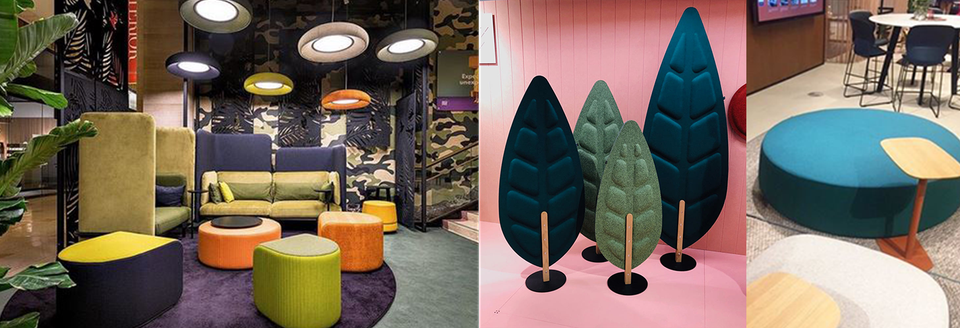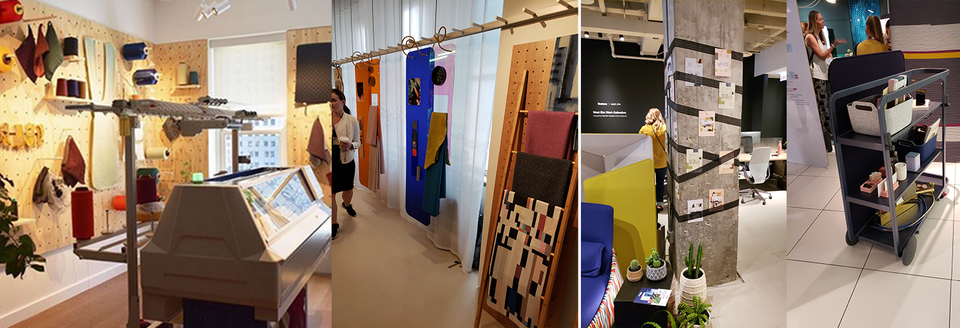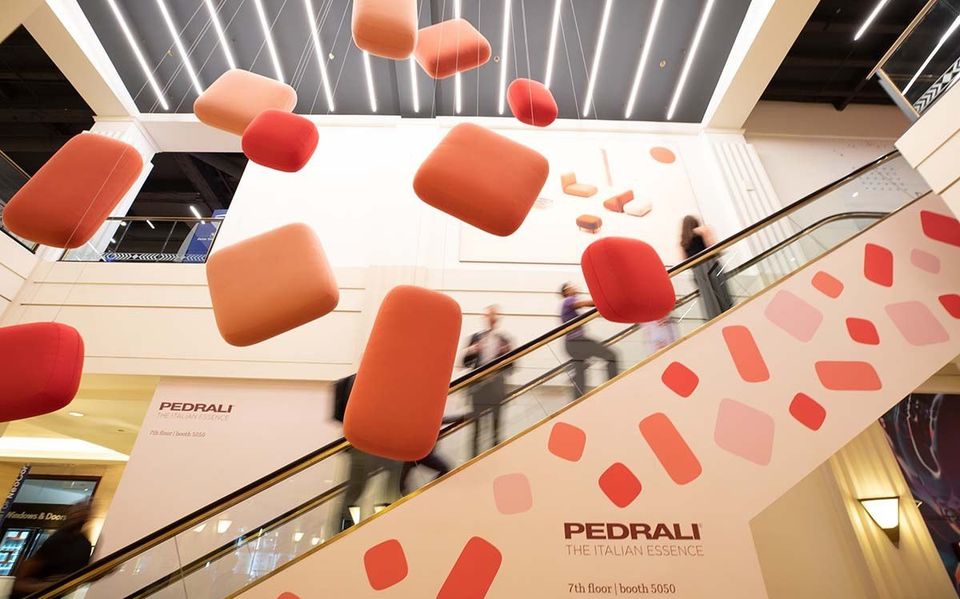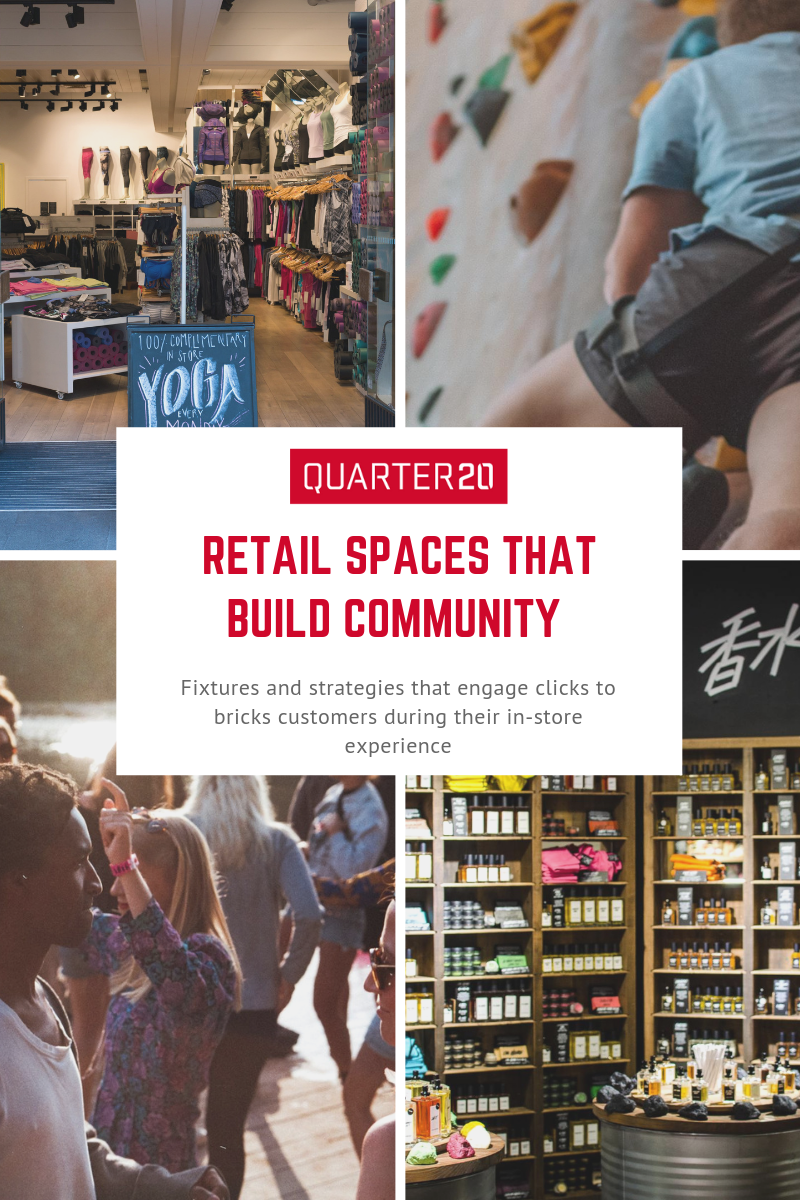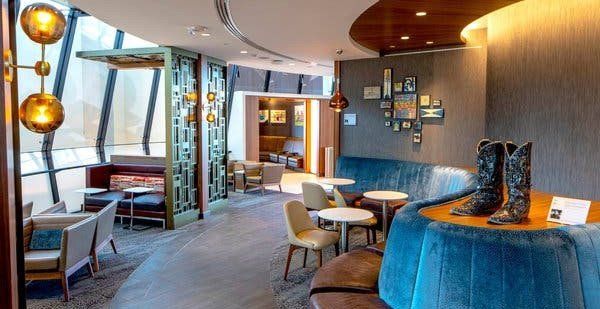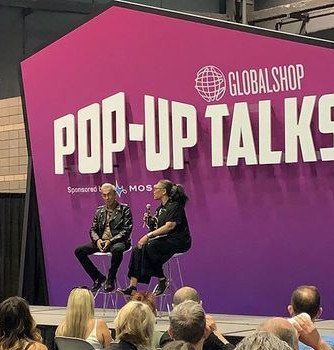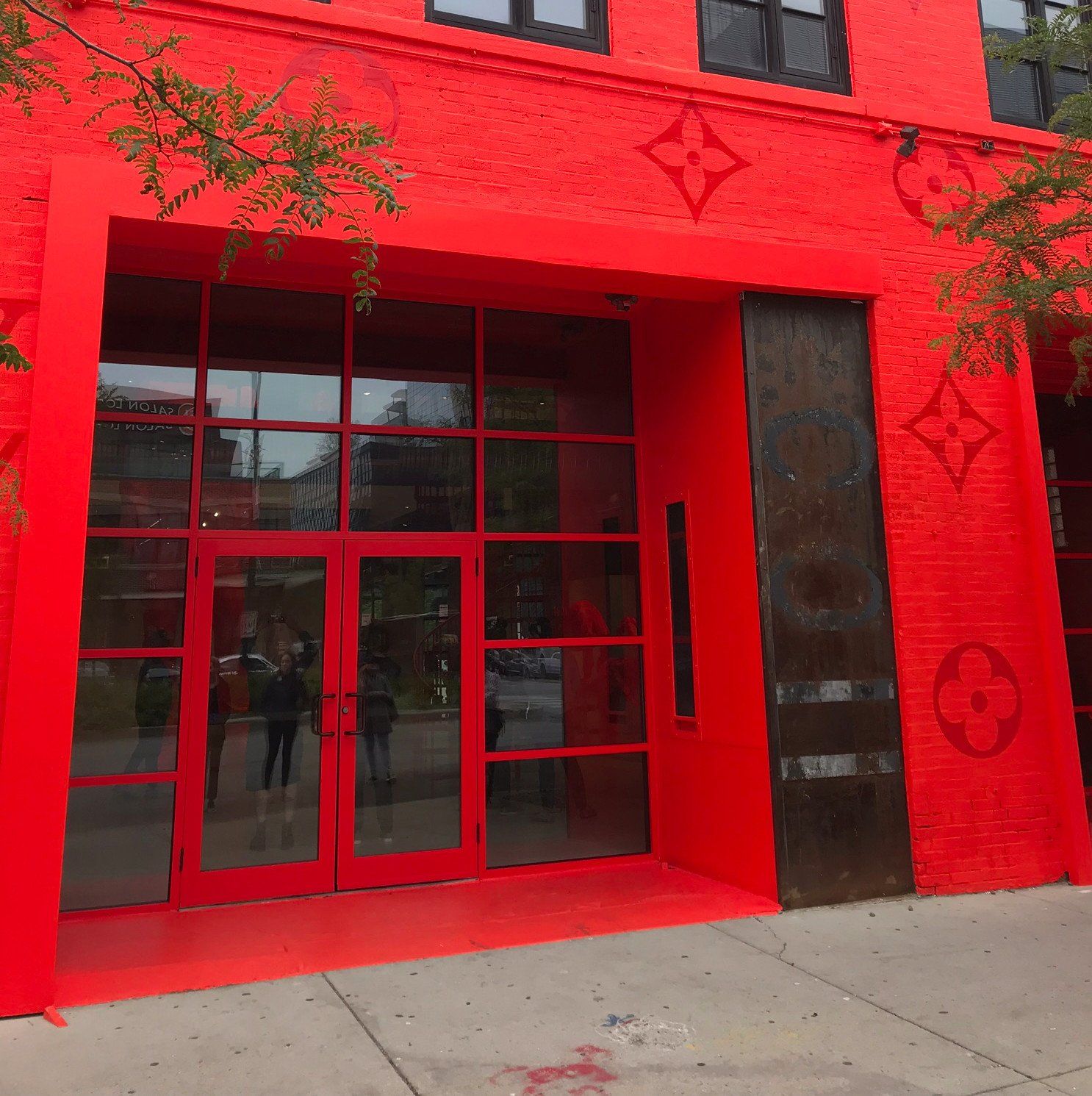Review: Neocon 2019
Some key take aways that would work for retail
Neocon has come and gone again from Chicago. The hustle and bustle of those several days are over, as are the crowds packing the area around the Mart and all the best lunch spots around our office. Quarter20’s senior designers along with our summer intern, Nora, walked the show. Neocon is not aimed at new retail products, but we are always on the lookout for new trends, materials, technology, or aesthetics that could work for our clients. If you missed the show, here are our takeaways.
One constant item we kept running into was the ubiquitous personal meeting cube. Both big furniture makers and small vendors were showing them off. They all had different names for them, but it was hard to walk anywhere without running into someone showing off their take on personal meeting spaces. In case you have missed them, these are free-standing, tech-ready, sound-proofed oasis from the open plan offices most of us inhabit. They ranged from the one person phone booth to a ten-person conference room with styles to suit most any office aesthetic. Our take was although we do see the need, who wouldn’t want to step away to a private space for a personal call or want their coworker to take their conference call somewhere else when you’re trying concentrate? These versions were a bit too cozy for our liking. They are certainly much too intimate for most retail situations. Would you want to step into a four-person booth with a salesperson as the door closes behind them? We got to experience that first hand when a salesperson rode our coattails into one to share all of his booths features- it was an intimate experience that we’re not sure everyone is interested in when shopping.
The vast number of personal meeting booths were the most obvious marker of the increase in privacy products for the office but far from the only one. There was a strong undercurrent of ways to create some privacy from almost every brand. Companies do seem to feel that there is a need. We saw new cubical concepts with modular hoods to create a person cave over your desk. There were a ton of new privacy screens. Some of these were for aimed at the vagabond pop-up workshops, but others were without a secondary purpose. They just helped create a bit more personal space. There was a swath of high-backed chairs that felt like delightful reading nooks. If all of this marks a backlash from open plan offices or just a desire for a bit personal space than more than a standard cubical afford, time will tell. It is a good reminder that shoppers also need some personal space. It helps them absorb the information you’re trying to tell them. We all need a little reflection time so don’t forget to give them some space.
Standing desks are the other big item still being pushed. Most every furniture brand has integrated standing desks to some degree. A considerable swath of vendor booths on the 7th floor were showing off their new standing desk components like controls, hydraulics, or adaptive add-ons. This marks good news for brands that are interested in adding modular pieces into fixtures as the quantity of those parts drives down prices.
Neocon is always a great time to see some old favorite vendors to see what is new and to meet new vendors. We enjoyed seeing Plyboo has introduced several new patterns and stains. They also now have a palm wood product as well, Durapalm, that could have some great applications. Felt is still very big. It is showing up on those privacy screens we’re mentioning but also on lighting, like Luxx Box’s Linea and Blade products. We collected a bunch of cards from new felt vendors on our tour. Filtzfelt is not the only game in town anymore. Concrete is still a look our clients are asking for, and we met several new vendors such as Concrete Collaborative. CC had a vast range of tiles, new patterns, modern colors, exciting products such as bold terrazzos, and options for indoor and outdoor solutions. Our friends over at Chemetal also showed off some nice concrete laminate options they have launched in their Interior Arts line. Laminates vendors, in general, have started pushing into some exciting new textures. Whether that is the no-touch finish that is available in any style or the new embossed finishes such as Lab Design.
To top it off, we discovered a few local Chicago companies. All of these people, from all over the world come to Neocon, and here we are discovering something new in our own back yard. Two standouts we talked with were GL LED LLC and Threekit. GL is a Chicago based lighting supplier. They were showing off their flexible LED strips, LED neon options, and a whole host of nice capabilities. Threekit is working to make online retail a bit easier by showing all the ways you can configure a product before someone buys. By collecting and managing a ton of images of companies product (they showed examples of couches, it is a furniture show after all) they can show that new sectional sofa in every possible format so your shopper know what they are getting before they commit. It’s easy to see how this can go way beyond just furniture.
That’s the long and short of it. We certainly have a bunch of new inspiring images and contacts to carry us through until next year. Hopefully, this write up sparked something for you. If you’re looking for more inspiration, let us know.
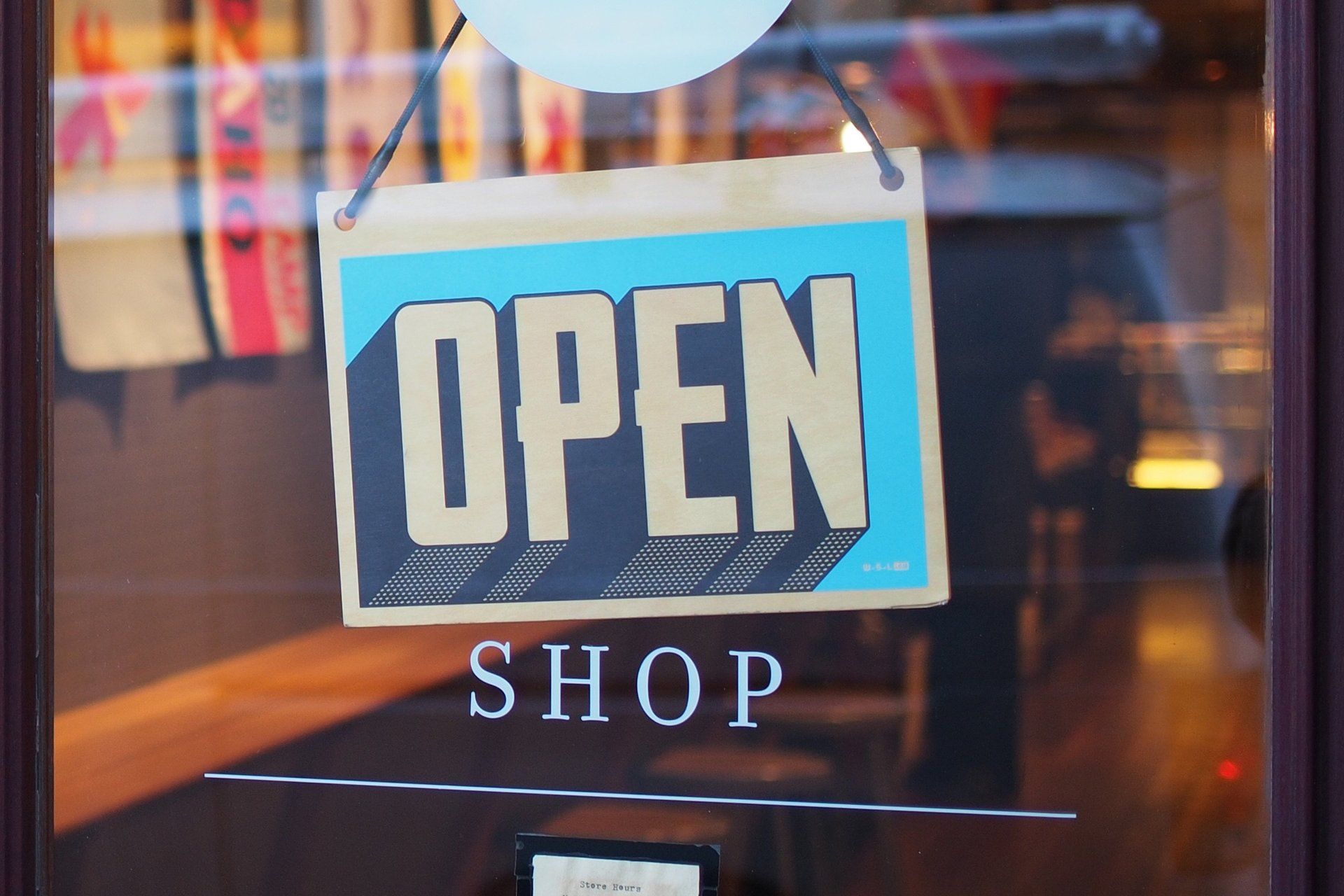
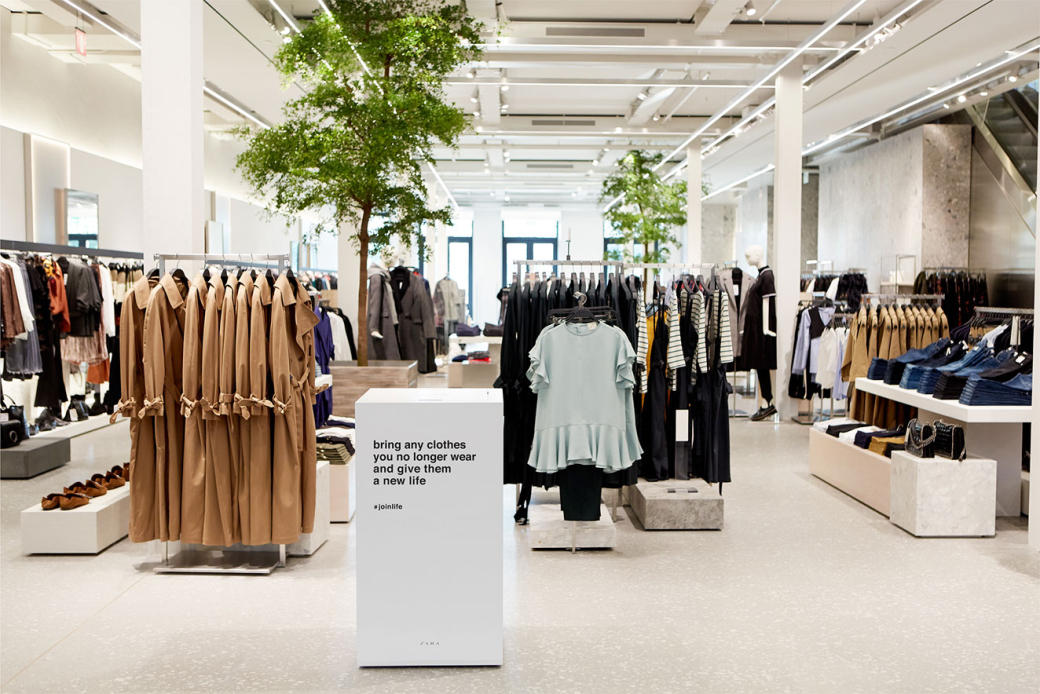
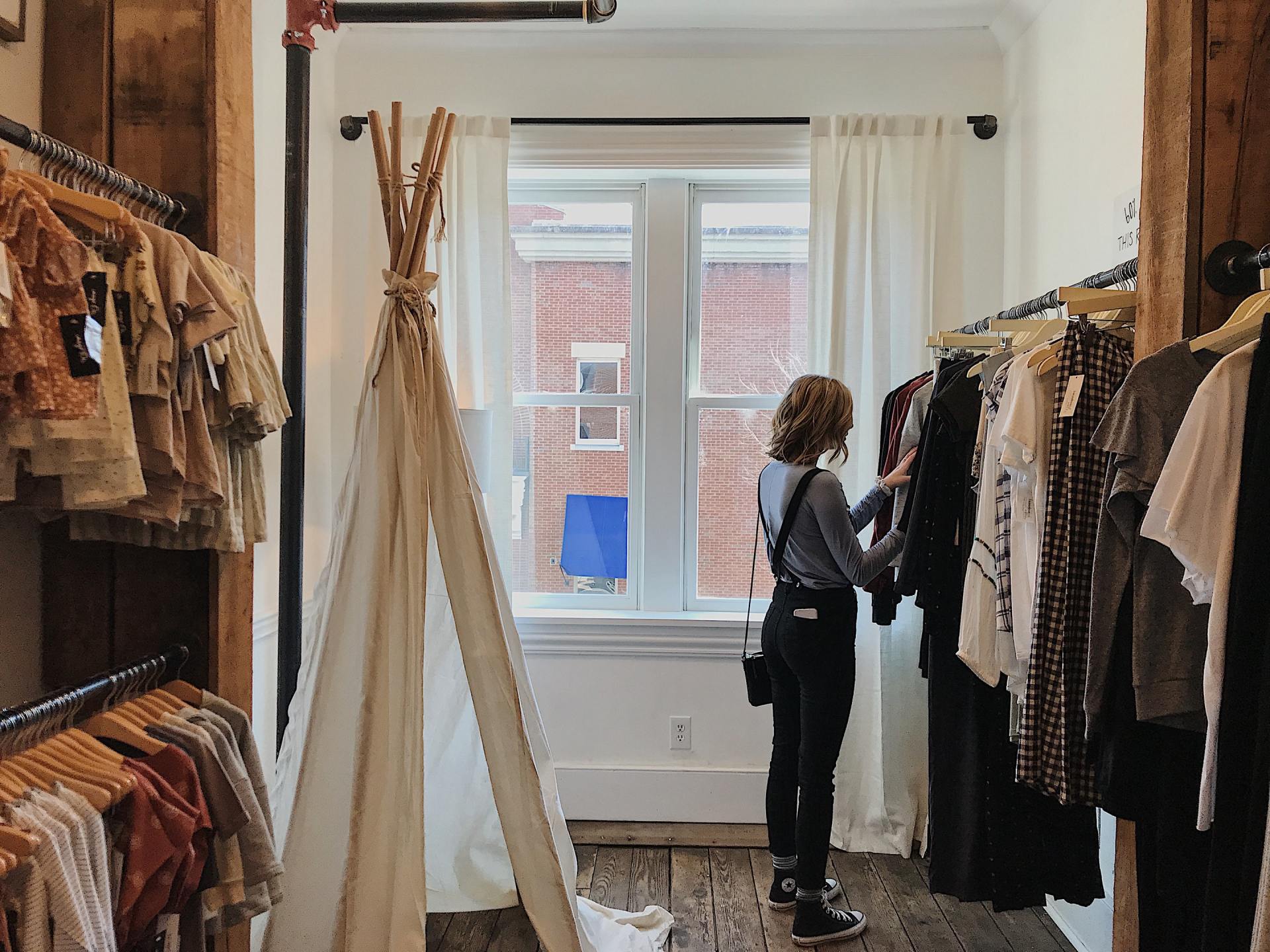
The Case For Convenience. How These Retailers Built Convenience Directly Into Their Brand Experience
